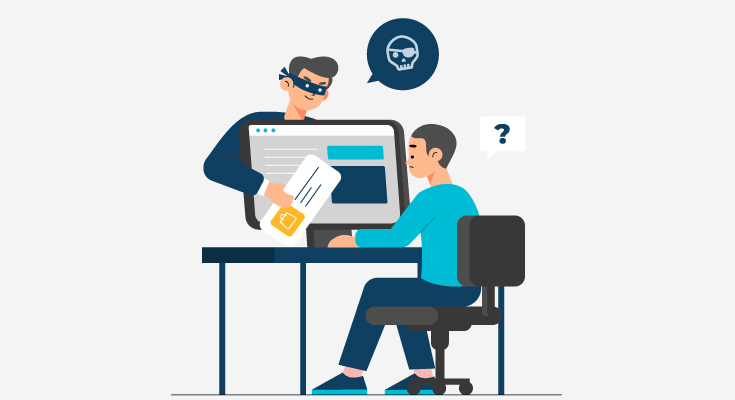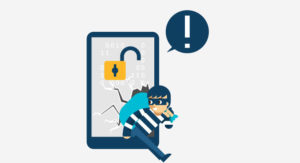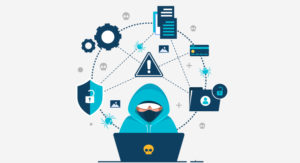3 Different Types of Fraud

Digital banking has opened up more means for fraudsters to trick financial institutions, lenders, or end customers. To keep up, businesses have transformed their operations to provide valuable digital banking experience to customers, and combat fraud.
Banks all over the world are now focusing on seamless onboarding experiences. However, this rapid growth in digital banking has also allowed fraudsters to become more creative. The numbers around digital banking fraud, ID theft, and data breaches are increasing rapidly.
In this blog, we’ll outline the common types of fraud, and how and why they’re changing. We’ll also be sharing ways lenders can protect themselves against evolving fraud.
First off, let’s take a look at the common types of fraud:
What is First-Party Fraud?
First-Party fraud is when a person knowingly falsifies their identity or gives false information for financial or material gain. Common examples include exaggerating their income, fabricating their employment, or providing fake information to take advantage of some services.
Business often categorizes first-party fraud as credit loss and is written off as bad debt. This leads to issues in the long run for businesses trying to figure out how much they’ve lost. The data makes them able to make future lending decisions, and build fraud prevention practices:
Common types of first-party fraud include:
- Fronting
Fronting is when businesses set up services in someone else’s name to save money. Kids applying for car insurance under their parent’s name to get cheaper insurance.
- Address Fronting
Address fronting is when someone uses a different application to get a cheaper service. Someone could sign up for a service in a cheaper area, using a fake address instead of using the real address which costs more money.
- Chargeback Fraud
Chargeback fraud is often called “friendly fraud”. This fraud happens when a user denies making a purchase on a credit or debit card to get a refund from the credit card provider.
- De-Shopping
It’s a type of fraud that users do when they buy clothes or other items with the intention of returning them after using them and getting a full refund.
- Goods Lost in Transit Fraud
This is a type of fraud that’s increasing at an alarming pace. In this, customers order goods online and claim that they haven’t been delivered. Some buyers claim that the products have been damaged, or even return empty boxes to get a refund.
How is First-Party Fraud Changing?
The type of people that cause first-party fraud has changed significantly during the pandemic. During the pandemic, customers with excellent credit scores and a good repayment history found themselves struggling financially.
According to a report by CIFAS, 1 out of 13 Brits admitted to committing one instance of first-party fraud last year.
What is Second-Party Fraud?
Second-party fraud is when an individual shares their identity or personal information with someone else to commit fraud. The biggest example of second-party fraud includes money mulling.
In money mulling, an individual provides access to someone else to move money in or out of their accounts for a small fee. While a lot of people consider this a victimless crime, it can have some victims. If the money being moved is used to fund violent crimes, terrorism, or drugs, it can be victim-related.
How is Second Party Fraud Changing?
More than often, young people have been the target of second-party fraud. Fraudsters love to use social media to target young people. The trend has changed as more and more older people are involved. As with first-party fraud, the pandemic has pushed more people into financial problems. This makes them more vulnerable to fraudsters.
What is Third-Party Fraud?
Third-party fraud in general is known as identity theft. Fraudsters steal the user’s identity or personal details and use them without the user’s consent. It also includes manufactured identities called synthetic identities.
There’s a clear victim when it comes to third-party fraud. To a trained eye, it can be easy to spot instances of fraud. It also includes manufactured identities, with the fraudster creating a new identity using stolen and false information.
Third-party fraud is the most common type of fraud that happens throughout the globe.
How is Third-Party Fraud Changing?
Fraud varies significantly across the lender’s portfolios and the type of products they offer. According to reports, third-party fraud is at risk of growing for current accounts, loans, cards, and savings. Mortgages and asset finance are at an increased risk of first-party fraud.
Combating fraud is challenging, but with technologies like online document verification, online bank verification, or online proof of address verification services can help.













